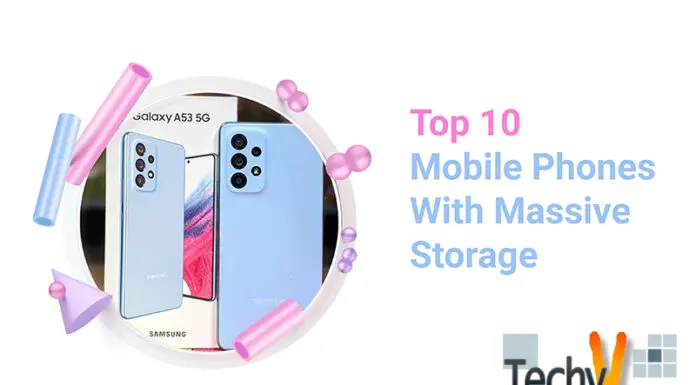For a long time, due to market forces, we had to put up with screens that had various types of notches and cutouts, but that is soon to come to an end. The Android community has changed over the past few years, going from detesting notches to being uninterested in them. But after using the latest generation of bezel-free, full-view display phones, we’ve come to believe that notches are unnecessary and that our phone screens must be given back their original natural order.
1. Samsung Galaxy Z Fold 3 5G
The Samsung Galaxy Z Fold 3 5G is the first smartphone with an under-display camera that is commercially available (UDC). The 7.6-inch Dynamic AMOLED 2X panel used for this foldable phone’s main display has a 22.5:18 aspect ratio, QXGA+ (2208 x 1768) resolution, a 120Hz refresh rate, and 374ppi. You get a screen-to-body ratio of 88.57% as a result of that UDC.
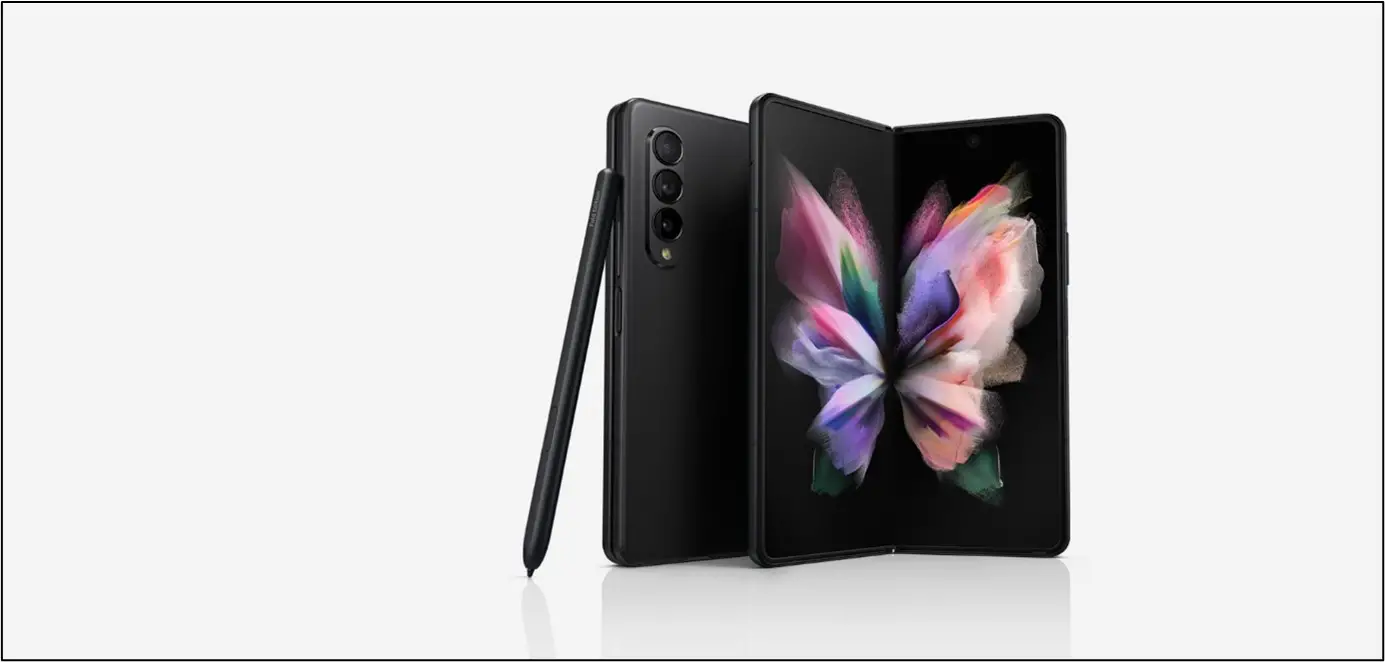
2. Xiaomi Mi Mix 4
Another phone with an under-screen camera is Xiaomi’s Mi Mix 4. Although it uses the acronym CUP (Camera Under Panel), the mechanism behind it is very similar to that of other under-display selfie cameras. The screen’s 400ppi pixels are located above the device’s 20MP selfie camera. This display has a 6.67-inch diagonal and a refresh rate of 120 Hz.

3. Asus Zenfone 8 Flip
The 6.67-inch Full HD+ E4 AMOLED HDR10+ display on the Asus Zenfone 8 Flip has a resolution of 2400 x 1080 pixels, a refresh rate of 90 hertz, a touch sampling rate of 200 hertz, a colour gamut of 110% DCI-P3, a maximum brightness of 1000 nits, and Corning Gorilla Glass 6 protection. A flip camera module makes it possible for this fascia to be fully screen.
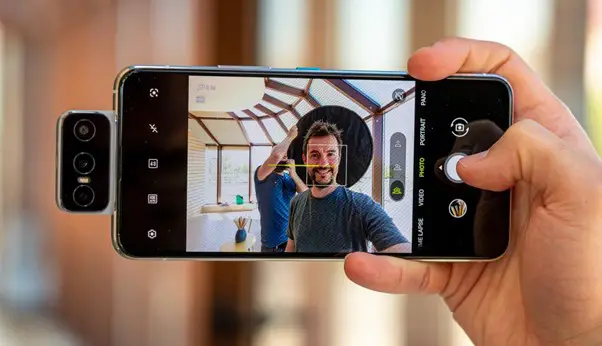
4. Lenovo Legion Duel 2
Lenovo’s Legion Duel 2 is a gaming smartphone that is designed to be used primarily in landscape mode. The display is a 6.92-inch Full HD+ AMOLED panel with a 20.5:9 aspect ratio, 144Hz refresh rate, 1300 nits of peak brightness, and support for 111.1% of the DCI-P3 colour gamut.

5. OnePlus 7T Pro
One of the first few Android OEMs to introduce a notch, OnePlus is also one of the first in the premium market to discontinue the OnePlus 7 Pro. With the release of the OnePlus 7T Pro, which features an exquisite true full-view display and incredibly slim bezels, the trend was further carried out.
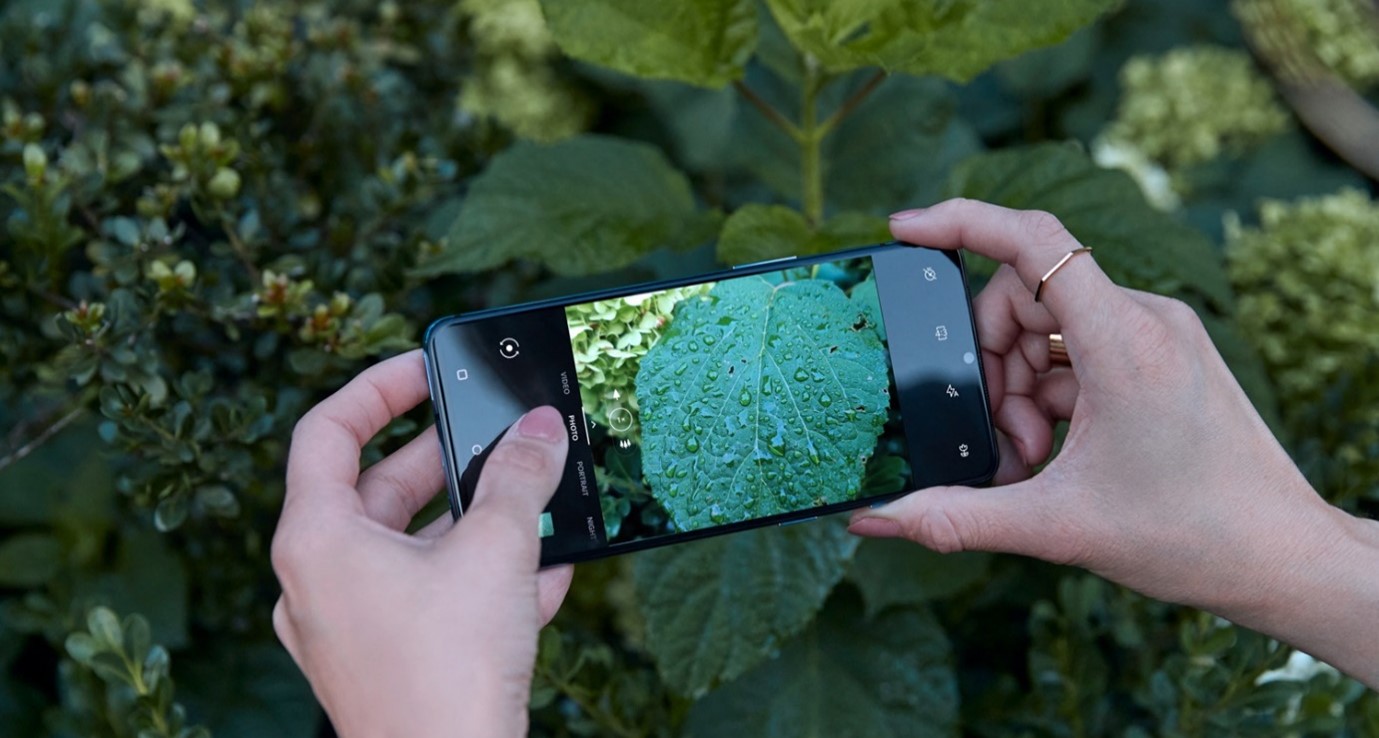
6. Oppo Reno 10X Zoom
The periscope-style 5X optical Zoom that Oppo Reno 10X Zoom offers at a significantly lower cost than Huawei P30 Pro is what makes it truly unique. Additionally, the Reno 10X zoom has a novel approach to pop-up cameras that it refers to as shark fin design.

7. Samsung Galaxy A80
The only Samsung phone with an edge-to-edge AMOLED screen is the Galaxy A80. In order to make room for the front camera, even the premium S-series and Note-series flagships use cutouts or punch holes.

8. Asus 6Z
One of the most impressive smartphones from Asus that we have seen in India is the 6Z (also referred to as the Zenfone 6 globally). A gorgeous and precisely calibrated IPS LCD display that spans the entire facia is featured on the 6Z. The selfie camera is housed in a flip module, and despite having a glass body, this phone is still manageable and houses a sizable 5000mAh battery.
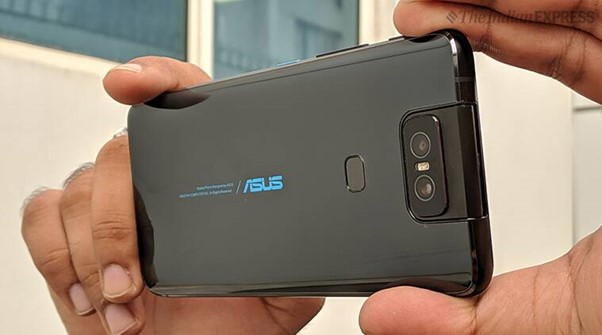
9. Xiaomi Redmi K20 Pro
The Redmi K20 Pro from Xiaomi boasts a strong set of specifications that are typically found on devices with much higher price tags. With the K20 Pro, Xiaomi pays careful attention to design. The phone has a 6.4-inch, full HD+ AMOLED display with an embedded fingerprint sensor.
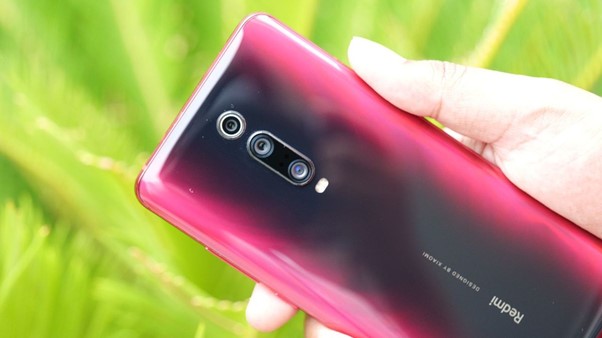
10. Oppo Reno
The Oppo Reno, a scaled-down version of the Oppo Reno 10X Zoom, has the same shark-fin pop-up design but is much slimmer and lighter. The phone’s 6.4-inch Full HD AMOLED display, which targets the DCI-P3 colour gamut and has an 87% screen-to-body ratio, is protected by a Gorilla Glass variant.









